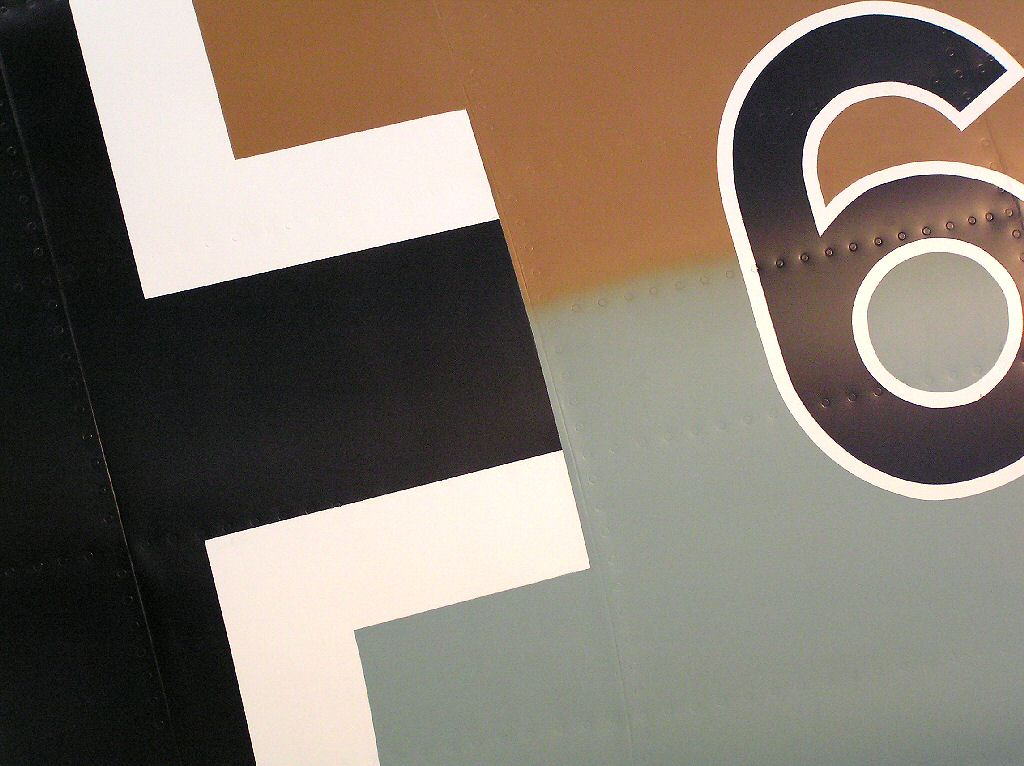|
How to download the photographic
computer wallpaper www.MooreWallpaper.com Tell your friends about us, e-mail them! |
|
WW2 Battle of Britain - German Messerschmitt Bf 109 (ME109)
All their Jagdgeswader fighter squadrons were equipped with Bf 109 E (Emil) planes by the start of the Battle of Britain in July to September 1940. Luckily for the RAF in November 1939 a confused Luftwaffe pilot set a Messerschmitt Bf-109E Emil down on the wrong side of the French border. The aircraft was flown back to England where it was tested and put through mock dogfights with British fighters. The evaluation concluded that the Messerschmitt Bf-109E Emil was superior to the Hawker Hurricane in almost all respects but a match for the three-bladed Supermarine Spitfire Mark I except at high altitude where the Spitfire had an advantage. This particular Messerschmitt is now in the RAF Museum at Hendon. It is estimated that over 35,000 Messerschmitt fighters have been produced. It had a maximum Speed at 23,000 ft of 385mph, with a ceiling of 38,500 ft. Its normal range was 450 miles. The Messerschmitt Bf-109E-1 was armed with four MG-17 7.9-millimeter machine guns, with two in the cowling and two in the wings. It became the main fighter of the German Luftwaffe for the first few years of World War Two. The Messerschmitts Bf 109 scored more kills than any other aircraft during WW2. The most successful ace during this period was Maj. Erich Hartmann with 352 kills flying a Messerschmitts Bf 109. This is still a world record for one pilot. The Messerschmitt Bf 109 a more reliable engine which had direct injection fuel system. This meant that it had no problems with negative G-forces. The fighter also had better climbing rates. Most of the 1172 planes belonging to RAF's Fighter Command shot down during the Battle of Britain were victims of the Messerschmitts Bf 109 E. During the same Battle the German Luftwaffe loses were slightly higher. They had 1792 planes shot down, of which 610 were Messerschmitts Bf 109 E-type. The "Bf-109E-3" variant replaced the MG-17 wing guns to MG-FF 20 millimetre cannons with 60 RPG. The bigger weapons dictated fit of a blister in the lower wing. The pilot could choose to fire one or both cannons. During the Battle of Britain the Messerschmitts Bf-109s were ordered to operate as bomber escorts. This forced them into a defensive posture, which put them at a disadvantage relative to Hurricanes and Spitfires. The limited range was also another problem as it could not stay over the battle area for very long. If a German pilot had to bail out he would spend the rest of the war as a POW. British pilots who had to bail out returned to battle the next day. Bf-109E-4 variant but the MG-FF wing cannon were updated to MG-FF/M cannon with a "softened" recoil mechanism to allow it to fire devastating high-explosive "mine" shells. The softened recoil mechanism also resulted in a higher rate of fire. The Messerschmitt Bf 109 F (Fredrik) was the next upgrade version of the plane during 1941 - 42. Only the rear fuselage had not been altered. It was a totally new plane. The Messerschmitt Bf 109 G was introduced during late summer of 1942 and was the backbone of the Luftwaffe to the end of the war. These aircraft photographs are great reference sources if your painting 1/72 scale, 1/48 scale or 1/24 scale plastic model airplane Airfix, Tamiya, zvezda, revel, Pavala aircraft kits or you’re into flying and painting radio RC controlled model planes. There are many Battle of Britain aviation books published about the Messerschmitt Bf 109. |
www.MooreWallpaper.com Add our site to your 'Favorites' list now!
![]()
![]() (Website
design by Craig
Moore, London, England)
(Website
design by Craig
Moore, London, England)
